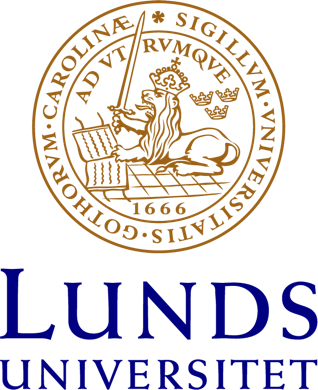Recovery of Cardiac Remodeling and Dysmetabolism by Pancreatic Islet Injury Improvement in Diabetic Rats after Yacon Leaf Extract Treatment
Yacon (Smallanthus sonchifolius) is a native Andean plant rich in phenolic compounds, and its effects on dysmetabolism and cardiomyopathy in diabetic rats was evaluated. The rats (10/group) were allocated as follows: C, controls; C + Y, controls treated with Yacon leaf extract (YLE); DM, diabetic controls; and DM + Y, diabetic rats treated with YLE. Type 1 diabetes (T1DM) was induced by the admini
